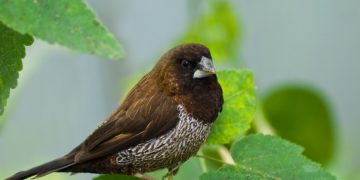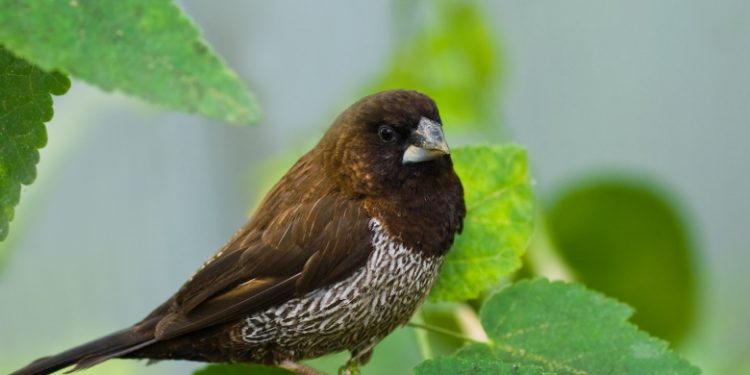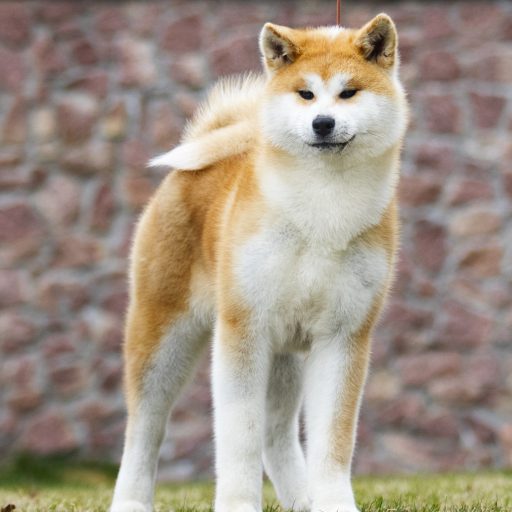Originally from China, the Japanese Sparrow is a very common small passerine bird in the world. He does not like to live alone and coexists harmoniously with birds of other species. Pairs can even take care of chicks belonging to varieties different from their own.
Geographical area
The first origins of the Japanese Sparrow would not be in the land of the Rising Sun as its name suggests, but rather in China. It would have been imported to Japan in the 18th century.
Today, the Japanese Sparrow is bred all over the world.
Breed History
Japanese ornithologist Nobusuke Takatsukasa places the Japanese Sparrow’s origins in China. Via Japan, this species then spread to Europe from 1860, then to other regions of the world.
It is, in fact, the domesticated variety of Capucin domino. The Japanese Sparrow is thus the fruit of the cross between Lonchura acuticauda (Long-tailed domino) and Lonchura striata (Large-mesh checkerboard).
Physical peculiarities
The Japanese Sparrow is a small, passerine bird with a robust bill and dull colours.
There are a multitude of color mutations. In the gray and brown series, there are beaded feathers on the abdomen, as well as solid and dark colors on the head and back. Beaded feathers do not exist in the variegated series. White individuals are characterized by an entirely plain plumage.
In addition, the Japanese Sparrow can have smooth or curly plumage (Tchounagon, Tchyoda, Daïnagon varieties, etc.). It can also have a single (Bontenne variety) or double (Nidjou Bontenne variety) crest.
Behavior and character
The Japanese Sparrow is a very sociable bird that does not like loneliness. It can only flourish in the presence of congeners, even those of other species. It lives in perfect harmony with the representatives of the Estrildidae family: Mandarins, Gouldian Diamonds, Checkerboard Capuchins, Canaries, Javan Paddas, Domino Capuchins…
The song is mainly present in the male.
Feed
The Japanese Sparrow feeds on various seeds: canary seed, moha, niger, millet… Its diet should be supplemented with eggfood, some fresh fruit and vegetables, as well as sources of calcium such as cuttlebone.
It must also have fresh, clean water, which is changed daily.
Reproduction
In the Japanese Sparrow, the breeding period extends over the whole year. If sexual maturity occurs around the age of 5 months, it is not advisable to let the birds mate before 10 to 12 months.
The male and the female together ensure the making of the nest, then the brooding of the eggs. The female lays 5 on average (this can range from one to 8 eggs). They are incubated for 12 or 13 days. The chicks leave the nest at about 21 days, then weaning occurs from the 5th week. But these young regularly return to their natal nest and may even help their parents with the care of subsequent broods.
Another interesting fact about the Japanese Sparrow is that the parents may adopt and hatch the eggs of other Estrildidae species and then feed them as their own offspring.
Health
The Japanese Sparrow is a reputedly robust passerine bird. The main health concerns are associated with deficiencies. In case of lack of vitamin A, for example, it may show signs of pododermatitis or hyperkeratosis. Hematomas and bleeding can occur in individuals deficient in vitamin K. The lack of iodine results in an increase in the volume of the thyroid.
Way of life
The minimum dimensions for a Japanese Sparrow cage are as follows:
Length 60 to 80 cm
Width: 30cm
Depth: 30 to 35 cm
The ideal would be to have a large aviary, sheltered from harsh weather conditions. The Japanese Sparrow needs temperatures between 16 and 23°C. He must therefore spend his nights indoors.
The accessories to be placed there are perches, shelters with a single and narrow entrance, water troughs, feeders and objects allowing the construction of nests (pieces of string, grass, etc.).












